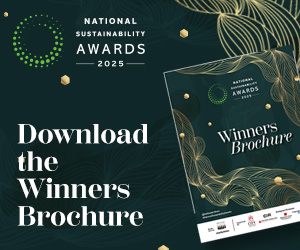MEPs have adopted new EU rules to tackle constantly growing packaging waste.
The rules, which have been provisionally agreed on with the Council, include packaging reduction targets (5 per cent by 2030, 10 per cent by 2035 and 15 per cent by 2040) and require EU countries to reduce, in particular, the amount of plastic packaging waste.
Under the new rules, all packaging (except for lightweight wood, cork, textile, rubber, ceramic, porcelain and wax) will have to be recyclable by fulfilling strict criteria.
To reduce unnecessary packaging, a maximum empty space ratio of 50 per cent is set for grouped, transport and e-commerce packaging; manufacturers and importers will also have to ensure that the weight and volume of packaging are minimised.
Certain single use plastic packaging types will be banned from 1 January 2030. These include packaging for unprocessed fresh fruit and vegetables, packaging for foods and beverages filled and consumed in cafés and restaurants, individual portions (for e.g. condiments, sauces, creamer, sugar), accommodation miniature packaging for toiletry products and very lightweight plastic carrier bags (below 15 microns).
Specific 2030 reuse targets are foreseen for alcoholic and non-alcoholic beverages packaging (except e.g. milk, wine, aromatised wine, spirits), transport and sales packaging, as well as grouped packaging, and distributors of beverages and take-away food will have to offer consumers the option of bringing their own container.
The Council needs to formally approve the agreement as well before it can enter into force.
© 2019 Perspective Publishing Privacy & Cookies







Recent Stories